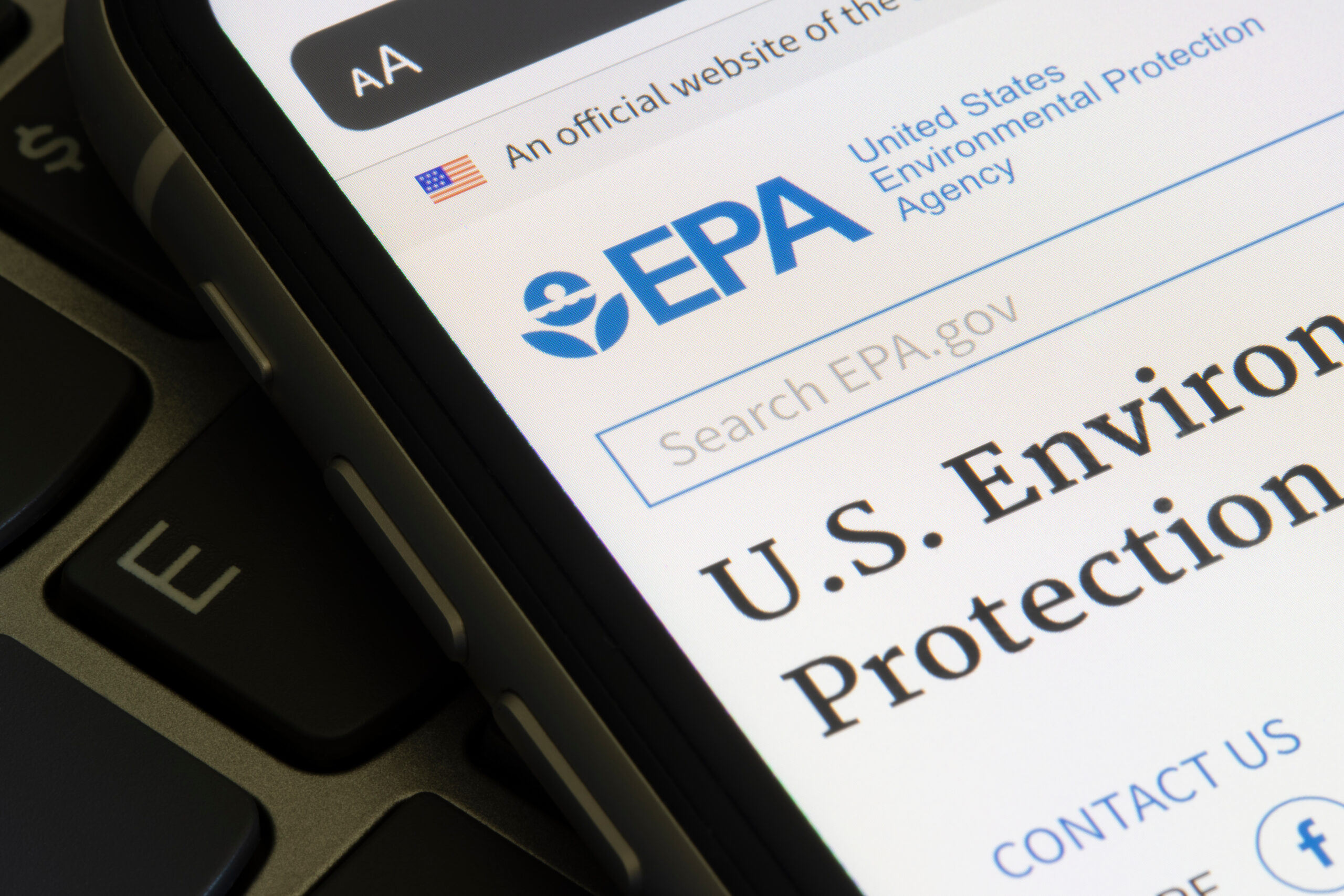
The Environmental Protection Agency (EPA) recently proposed new greenhouse gas (GHG) emissions standards for heavy-duty vehicles known as phase 3. The proposed standards, which would apply to heavy-duty truck OEMs for upcoming model years 2028-2032, are the most stringent ever set by the EPA.
Phase 1 and 2 of the Greenhouse Gas Emissions Standards for Medium- and Heavy-Duty Vehicles were implemented in 2014 and 2017, respectively. The standards reduced greenhouse gas (GHG) emissions from medium- and heavy-duty vehicles by 11% and 14%, respectively, below 2010 levels by 2021.
If finalized, the new Phase 3 standards would reduce GHG emissions from heavy-duty vehicles by 29% below 2021 levels by 2032. This would help mitigate climate change’s effects and improve air quality.
The proposed standards would apply to a wide range of heavy-duty vehicles, including trucks, buses, and trailers. They would be phased in over time, with the most stringent requirements applying to model year 2032 vehicles.
The EPA estimates that the new standards would cost the heavy-duty vehicle industry an average of $1,700 per vehicle. However, the agency also estimates that it would save the industry $1.5 billion in fuel costs over the life of the vehicles.
Key Differences in Phase 2 and Phase 3 of the Greenhouse Gas Emissions Standards
- Stringency: Phase 3 standards are significantly more stringent than Phase 2 standards. Phase 3 standards would reduce GHG emissions from heavy-duty vehicles by 29% below 2021 levels by 2032. Phase 2 standards reduced emissions by 17% below 2010 levels by 2021.
- Applicability: Phase 3 standards would apply to a wider range of vehicles than Phase 2 standards. Phase 3 standards would apply to all heavy-duty vehicles, including trucks, buses, and trailers. Phase 2 standards applied to all heavy-duty vehicles except for school buses.
- Timeline: Phase 3 standards would be phased in over a more extended period of time than Phase 2 standards. Phase 3 standards would apply to model years 2028-2032. Phase 2 standards applied to model years 2021-2027.
- Technology: Phase 3 standards would rely on a wider range of technologies than Phase 2 standards. Phase 3 standards would allow for the use of various technologies, including advanced diesel engines, hybrid electric vehicles, and battery electric vehicles. Phase 2 standards primarily relied on the use of advanced diesel engines.
- Cost: Phase 3 standards are estimated to be more costly than Phase 2 standards. The EPA estimates that the Phase 3 standards would cost the heavy-duty vehicle industry an average of $1,700 per vehicle. However, the agency also estimates that the standards would save the industry $1.5 billion in fuel costs over the life of the vehicles.
| Phase | Model Years | GHG Emissions Reduction Target |
| 1 | 2014 – 2018 | 14% below 2010 levels |
| 2 | 2021 – 2027 | 17% below 2010 levels |
| 3 | 2028 – 2032 | 29% below 2021 levels |
Special Provisions for Aerodynamic Technologies
The EPA’s proposed rule for Phase 3 also includes several provisions that would encourage using aerodynamic technologies to reduce drag and improve fuel efficiency. These provisions include:
| Drag Coefficient Requirements for Phase 3 | ||
| Truck | Trailer | |
| Model Year 2028 | 0.55 | 0.62 |
| Model Year 2032 | 0.50 | 0.60 |
- Requiring manufacturers to meet minimum aerodynamic requirements for new vehicles.
- Providing credits to manufacturers for meeting more stringent aerodynamic requirements.
- Investing in research and development of new aerodynamic technologies.
The EPA estimates that these requirements will reduce drag by an average of 10% for trucks and trailers, leading to an average improvement in fuel efficiency of 2%.
The EPA estimates these requirements could reduce GHG emissions by an additional 1% below the standards’ baseline. This would bring the total potential reduction in GHG emissions from phase 3 to 30% below 2021 levels by 2032.
Industry Feedback
The new standards have been met with mixed reactions from the heavy-duty vehicle industry. Some industry groups have praised the standards, saying they are necessary to address climate change. Others have criticized the standards, saying they are too costly and will harm the industry.
The American Trucking Association (ATA), the largest trucking trade group in the United States, has said that it supports the goals of the Phase 3 standards but is concerned about the cost of meeting them. The ATA has said that the standards could cost the trucking industry $15 billion to $20 billion over the next decade.
The EPA has said it is working with the trucking industry to help them meet the Phase 3 standards. It provides technical assistance to the industry and works to ensure that the standards are flexible enough to allow the industry to innovate and find new ways to reduce emissions.



